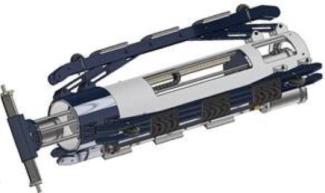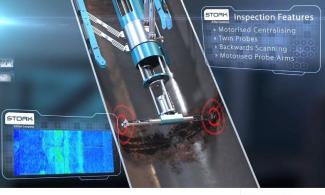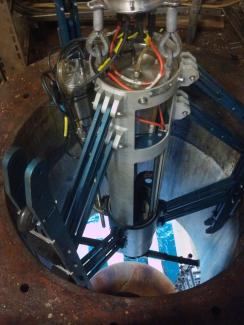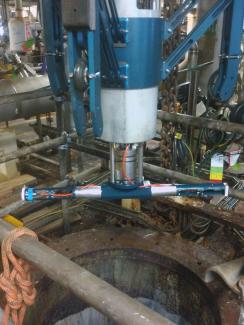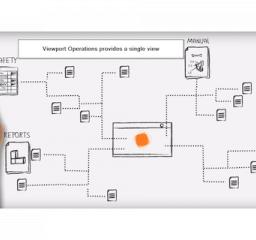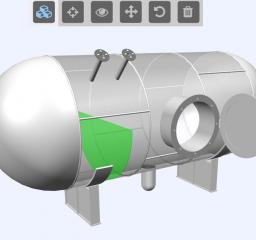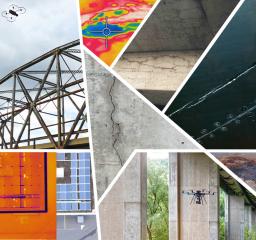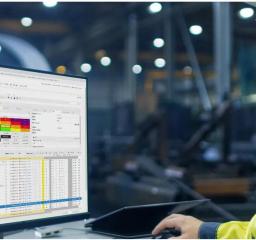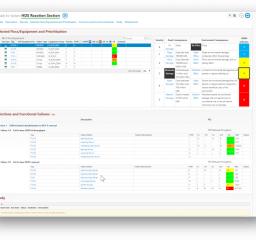Internal Caisson Ultrasonic Inspection
Internal remote UT inspection
Provides internal remote UT inspection that shows full wall thickness mapping of the complete caisson. This method removes the use of conventional UT using hand held probes, with technicians obtaining spot check readings only externally, or by the use of subsea ROV’s.
The internal caisson UT tool captures wall thickness readings both in dry sections and subsea to produce an overview that shows the full integrity of your caisson.
| Specification Title | Specification Description |
|---|---|
|
Deployment
|
Being electrical rather than hydraulic reduces the manual handling requirements, as well as negating the need for more umbilicals having to be deployed.
|
|
Flexibility
|
The motorised probe arm enables modifications of the ID ranges, meaning the tool is capable of scanning whilst in-situ. This eliminates the requirement to recover the tool to make adjustments.
|
|
Operation Time
|
The new tool can scan 500mm in axial length, reducing scanning time; as it covers twice the length of previous versions.
|
|
Range
|
The probes have a 180° offset therefore only a 180° sweep is required to capture the full 360° of wall thickness data.
|
|
Efficiency
|
Scan backwards, making it more efficient by negating the time taken to retract the axial per scan.
|
Reviews
Sign up or log in to your explorer or platform subscription to get access to the reviews written about this technology.
The Technology Readiness Level (TRL) indicates the maturity level of novel technologies. Learn more about the TRL scale used by us.
[9/9]
Relative Business Impact

Sign up or log in to your explorer or higher plan to get access to all the 8 deployment references.
Last Deployment Year
